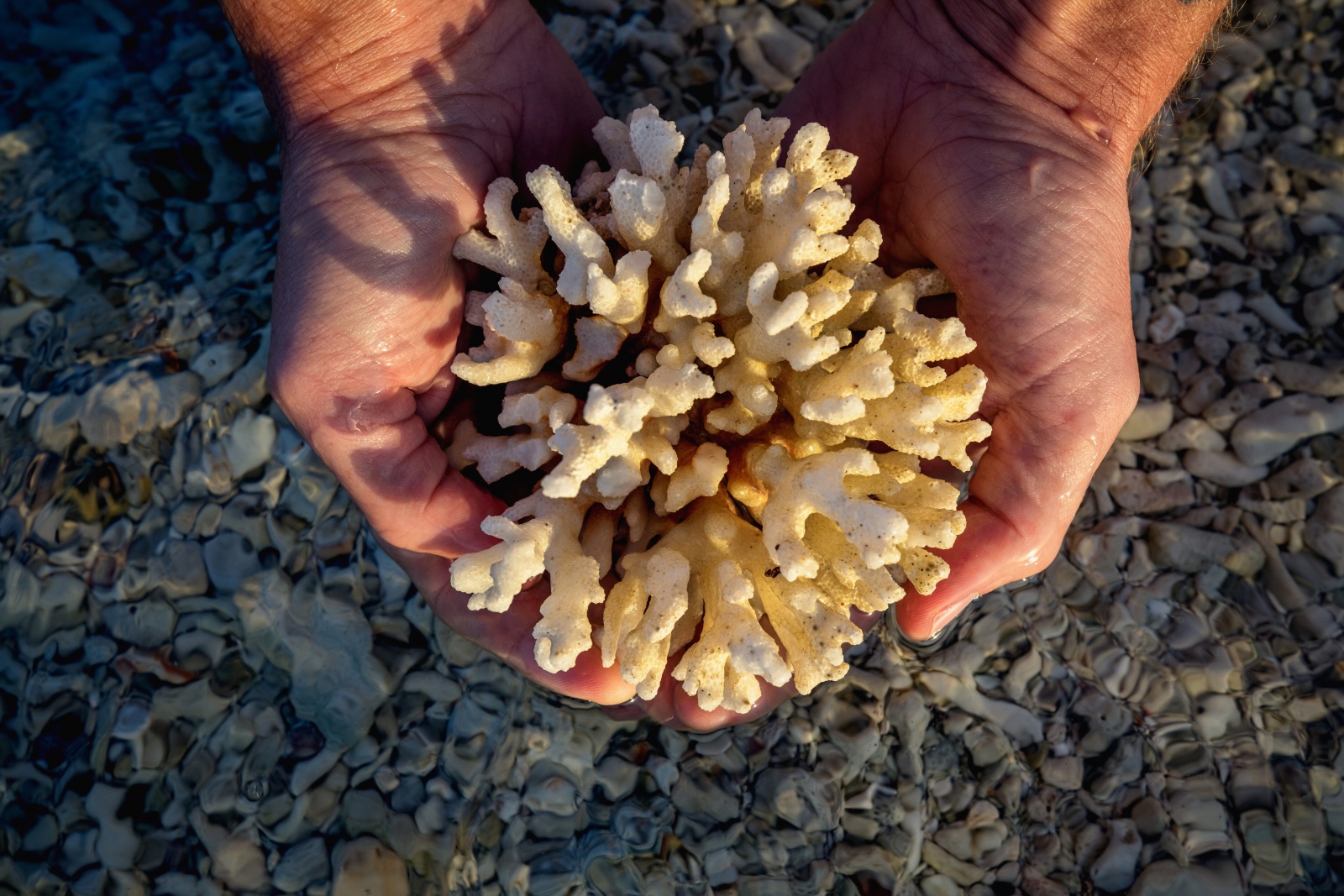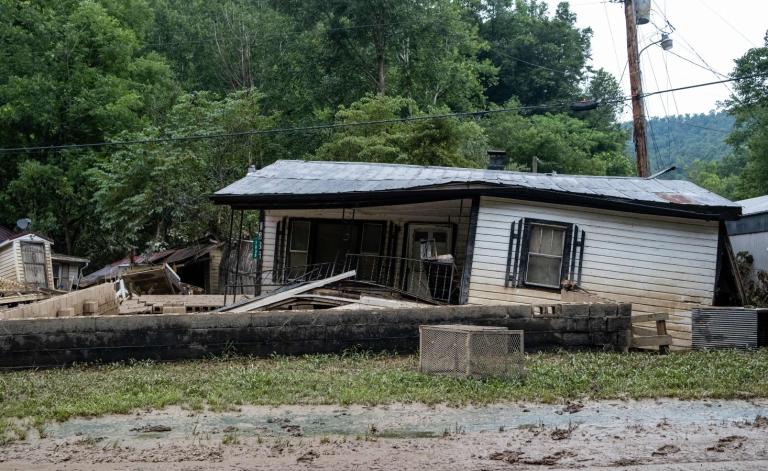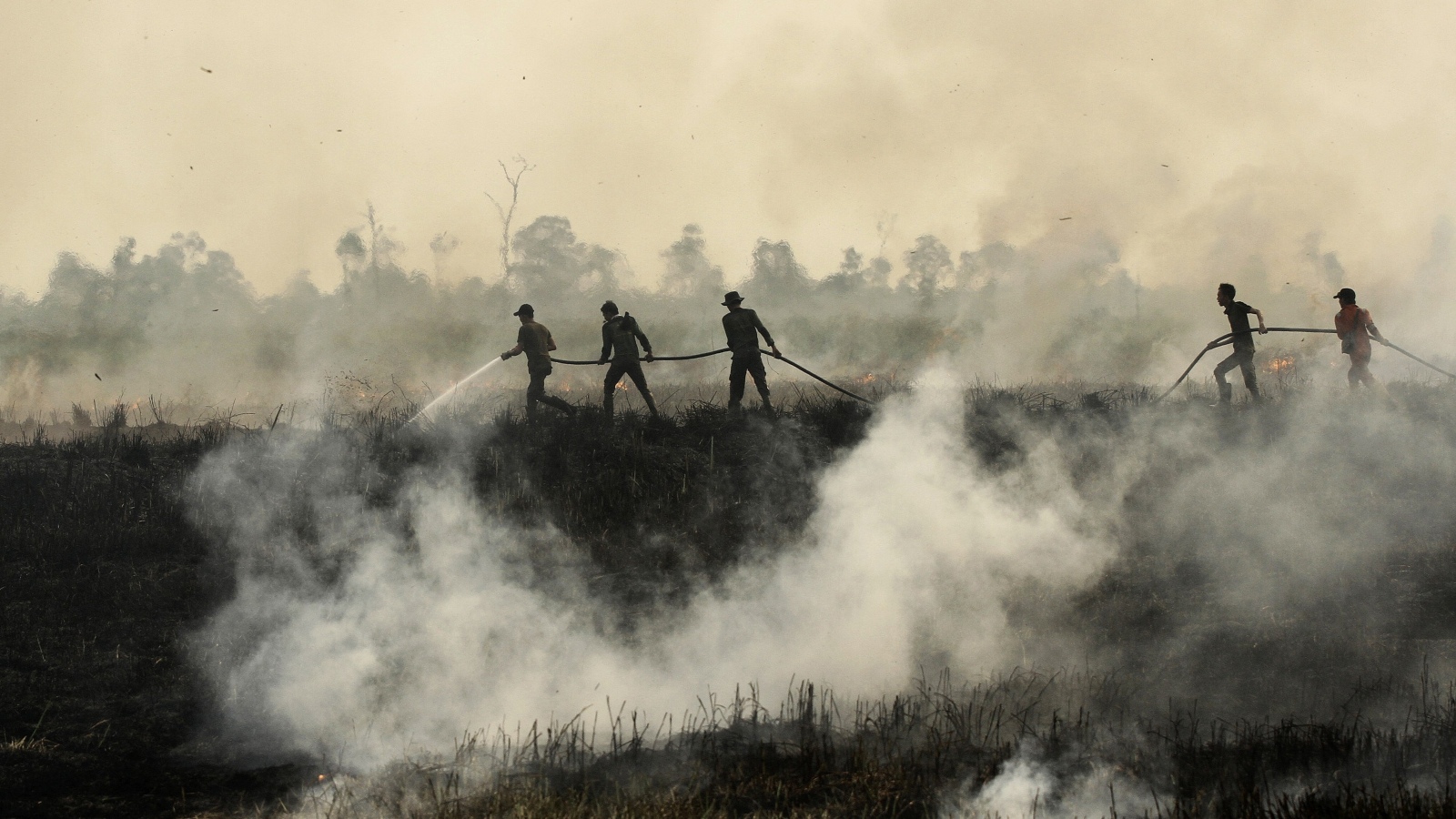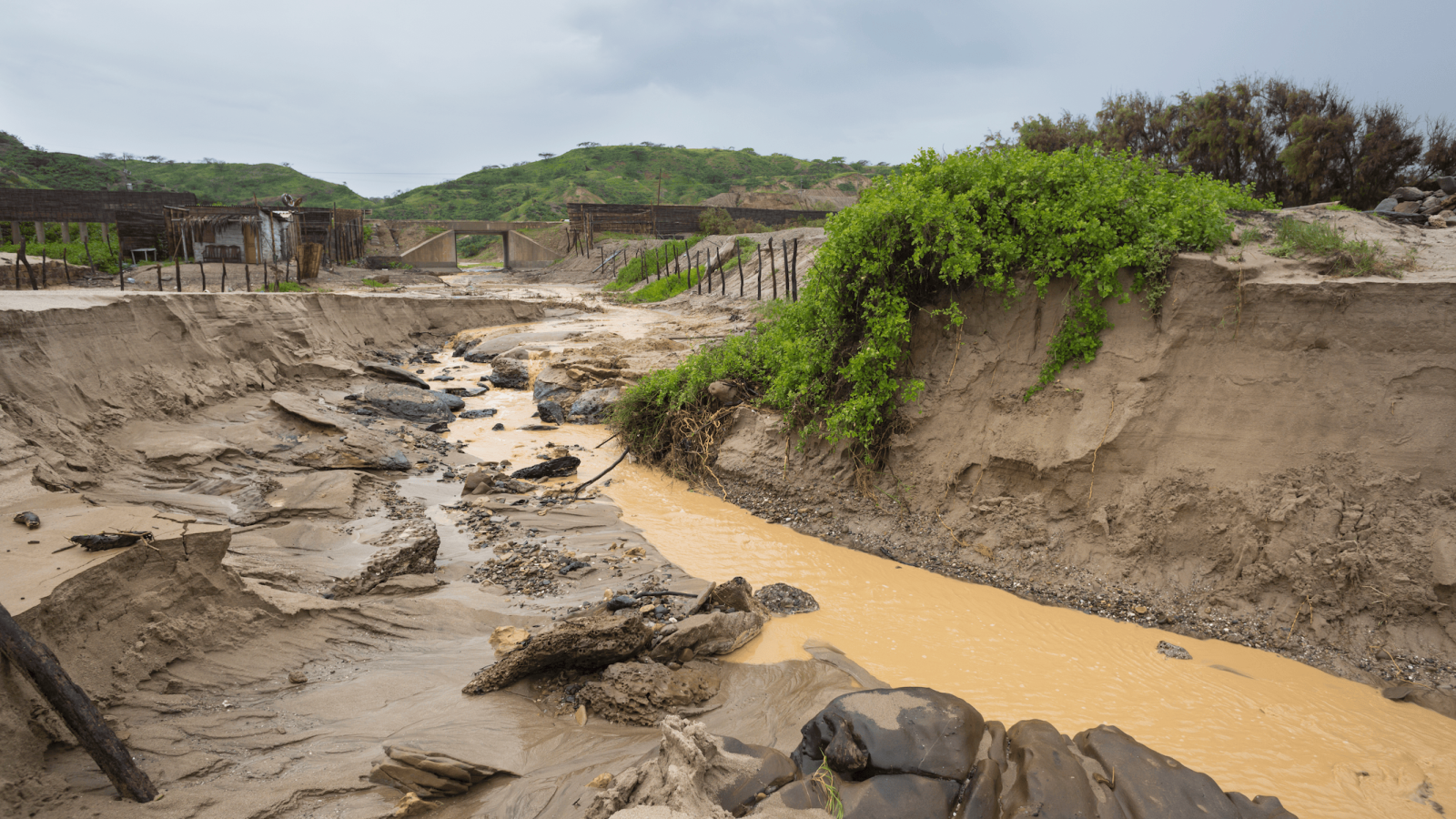The last three years were objectively hot, numbering among the warmest since records began in 1880. But the scorch factor of recent years was actually tempered by a climate pattern that slightly cools the globe, “La Niña.”
This year and next, La Niña might give way to its hotter counterpart, El Niño. Distinguished by warm surface waters in the tropical Pacific Ocean, the weather pattern has consequences for temperatures, drought, and rainfall around the world. The planet hasn’t seen a strong El Niño since 2016 — the hottest year ever recorded — and the next El Niño will occur on top of all the warming that’s occurred since then.
El Niño’s return could further strain sensitive ecosystems, like the Great Barrier Reef and the Amazon rainforest, and nudge the planet closer to worrisome tipping points. It might also push the world past a threshold that scientists have been warning about, giving people a temporary glimpse of what it’s like to live on a planet that’s 1.5 degrees Celsius warmer (2.7 degrees Fahrenheit) than preindustrial times — a level that could begin to unleash some of the more drastic consequences of climate change.
“Looking back at past years when you’ve had El Niños, we have seen those global temperatures kind of boost themselves, sometimes significantly, depending on how big El Niño was,” said Tom Di Liberto, a climate scientist for the National Oceanic and Atmospheric Administration.
El Niño is expected to arrive later this year, and the warmer weather pattern could continue to build up through 2024, sending global temperatures past that 1.5 degrees C marker, or 2.7 degrees Fahrenheit, after which they could ease back when a La Niña returns. But there’s still plenty of uncertainty. According to the most recent forecast from NOAA, El Niño has a 60 percent chance of forming by the fall, although other scientists are more confident it’s on the way. Researchers in Germany and China, some of whom issued an early warning for the El Niño that began in 2015, have predicted an 89 percent chance that the pattern will emerge this year — and have cautioned that it could be a strong one.
The world has already warmed an average of 1.2 degrees C (2.2 degrees F) since the Industrial Revolution ushered in the widespread use of fossil fuels. Most estimates said 1.5 degrees of warming wouldn’t arrive until at least the early 2030s. The chance that El Niño could push the planet above that mark for the first time, however, has about a 50/50 chance of happening in the next five years, Adam Scaife, the head of long-range prediction at the U.K. Met Office, told the Guardian last month.

1.5 degrees is about the level of warming that scientists say would be more likely to start setting off irreversible feedback loops, such as the disintegration of ice sheets in Greenland and the West Antarctic, the abrupt thawing of permafrost in the Arctic, or the collapse of the Atlantic Ocean’s Gulf Stream current (as imagined in the film The Day After Tomorrow). Island nations have spearheaded the effort to keep global temperatures below 1.5 degrees because it’s a matter of survival for low-lying atolls that could be swallowed up by rising ocean waters. When crafting the Paris Agreement in 2015, countries committed to “pursuing efforts” to limit warming to 1.5 degrees. In the spirit of taking the goal more seriously, diplomats asked the Intergovernmental Panel on Climate Change to release a report on the effects of 1.5 degrees.
When the report came out in 2018, it made a splash, with news headlines warning that the world had “12 years” left to tackle climate change. Activists, including Greta Thunberg, rallied around the goal as a point of no return. But as time wore on and the world failed to dramatically rein in carbon emissions, the target — already considered unrealistic back in 2018 — slid out of reach. Scientists say that it’s certainly bad news, but it’s not game over. “It’s not like there’s a magical barrier at that number in terms of like, we can never go back, or like it’s a clear tipping point where that number specifically flips a switch,” Di Liberto said. “These things run on a spectrum.” Each incremental increase in warming leads to more catastrophic consequences.
Hitting 1.5 degrees in an El Niño year wouldn’t be the same as averaging those temperatures across several years. “This would be a temporary breaching,” said Josef Ludescher, a scientist at the Potsdam Institute for Climate Impact Research in Germany. “This is a different story compared to if it’s a constant state every year for vegetation or corals. One year might be survivable, but what happens if it’s always those temperatures?”
That said, a strong El Niño like the one in that started in 2015 could cause some permanent damage. That year, the Great Barrier Reef in Australia saw the most devastating coral bleaching event in history, with a marine heat wave killing off more than half of corals in the northern part of the reef. If El Niño appears again, “that would ratchet up concerns, especially for another bleaching event across the Great Barrier Reef,” Di Liberto said. Even La Niña years, such as last year, are getting hot enough to cause mass bleaching.

El Niño’s arrival could also be disastrous for the Amazon rainforest, which scientists have warned is nearing a critical “tipping point.” The rainforest, already struggling with challenges from climate change and deforestation, could eventually transform into something more like a grassy savanna, releasing the vast stores of carbon held in its trees. The drought and fires egged on by the last strong El Niño killed roughly 2.5 billion trees in the Amazon, temporarily turning one of the world’s largest carbon-capturing ecosystems into a giant source of carbon emissions.
That same El Niño brought drought to Indonesia, and wildfires took off in forests and peatlands. During their height in September and October that year, the fires in Indonesia and surrounding areas released vast stores of carbon into the atmosphere per day — by one estimate, more than the entire European Union emitted from burning fossil fuels over the same period.
And, just like any other year, ice that melts from the land into the ocean helps lift sea levels. The last big El Niño was likely behind a major bout of melting in Antarctica in January 2016, when a sheet of meltwater developed across the surface of the Ross Ice Shelf, affecting an area larger than the state of Texas. Stronger El Niños may also accelerate the melting of the Antarctic ice sheet by warming up the deep waters of the ice shelf, according to a study by Australian researchers published this week in the journal Nature Climate Change.
But every El Niño is its own thing. Di Liberto likes to talk about it as a “tilt in the odds” towards different weather events. El Niño “may be the most consistent thing that allows us to forecast farther in advance, but we know there are other climate phenomena which could be just as strong an influence in a given month or season,” he said.
The effects would vary, depending on the place. In the United States, for instance, El Niño would likely bring more rain to the South and drier conditions to northern states. It would also cool waters in the Atlantic and lead to stronger wind shear that could tear apart tropical storms, a promising sign for a quieter hurricane season.
Climate change may even be starting to affect El Niño itself, leading to “super El Ninos.” Over the last 40 years or so, the world has seen some of the strongest El Niños on record, Ludescher said. But it’s not totally clear whether this is a trend or just plain old chance. In any case, most models forecast that the world will continue to see intense El Niños over the next century — a worrying sign that the hottest years to come will be made even hotter.






